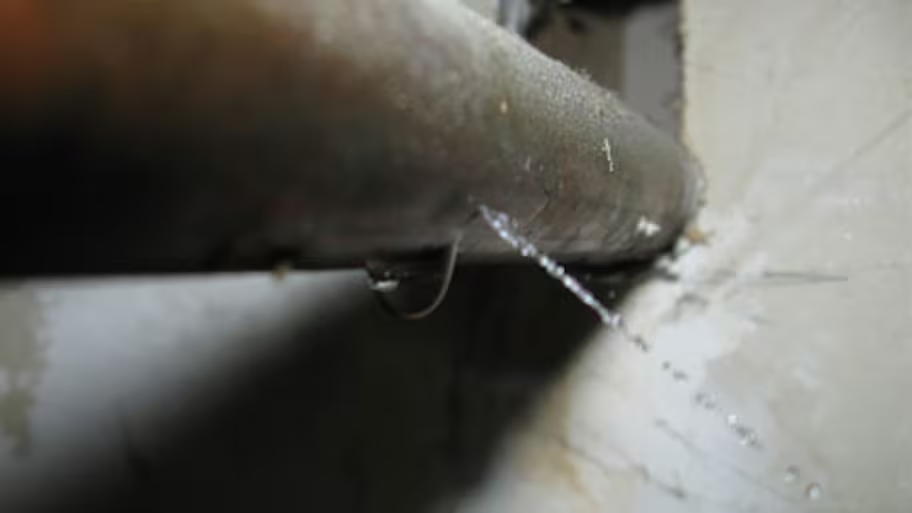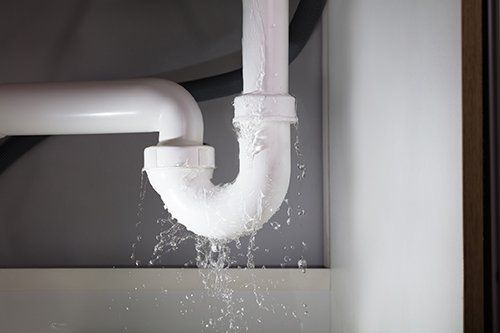Pinpoint Six of Commonest Leak Factors Inside The House
Pinpoint Six of Commonest Leak Factors Inside The House
Blog Article
Just how do you feel about Top Causes of Home Water Leaks?

Leakages not just trigger waste of water but can additionally cause unnecessary damage to your house and advertise undesirable organic growth. Water leaks may go undetected given that most of the pipework in our home is concealed. By comprehending and looking for day-to-day situations that trigger leaks, you can protect your residence from future leakages as well as unneeded damage. Today, we will take a look at six leak creates that might be creating your pipelines to leak.
Trespassing origins
Many water leakages start outside your home as opposed to inside it. If you observe a sudden decrease in water pressure, state in your tap, require time to head out and analyze your backyard. You could notice wet spots or sinkholes in your lawn, and that may indicate that tree origins are attacking water lines creating water to permeate out. You can have your plumber look for invasion, particularly if you have trees or bushes near your property.
Corroded water supply
This may be the reason of discoloration or warping on your water pipes. If our plumbing system is old, consider replacing the pipes since they are at a greater danger of rust than the newer versions.
Malfunctioning Pipeline Joints
The factor at which your pipes attach is often the weakest link in the waterline. Pipeline joints can degrade gradually, resulting in water leakages. Regrettably, the majority of pipeline joints are not quickly visible. If you have noisy pipes that make ticking or banging sounds, especially when the warm water is turned on, your pipe joints are possibly under a lot of pressure. It is suggested to have your plumber evaluate your system annually.
Instantaneous temperature level changes.
Extreme temperature changes in our pipes can cause them to expand and contract unexpectedly. This expansion and also tightening may cause splits in the pipelines, particularly if the temperature are below freezing. It would certainly be best if you watched on exactly how your plumbing works. The presence of the formerly discussed circumstances often indicates a high threat.
Poor Water Connectors
At times, a leakage can be created by loose tubes and also pipes that provide your home appliances. In case of a water links leak, you might observe water running directly from the supply line or pools around your appliances.
Clogged Drains
Clogged drains pipes might be bothersome as well as inconveniencing, however they can often wind up triggering an overflow resulting in rupture pipelines. Keep removing any products that might drop your drains that can clog them to prevent such hassles.
All the above are sources of leaks however not all water leaks arise from plumbing leaks; some leaks might come from roofing system leaks. All leaks need to be repaired immediately to avoid water damages.
Leakages not just trigger waste of water however can also create unneeded damage to your home and also promote undesirable natural growth. By looking as well as recognizing for daily circumstances that cause leaks, you can shield your residence from future leakages and unneeded damage. Today, we will certainly look at six leak triggers that may be creating your pipes to trickle.
At times, a leak can be triggered by loosened hose pipes and also pipes that provide your appliances. In situation of a water links leak, you might notice water running straight from the supply line or pools around your devices.
How To Check For Water Leak In Your Home
How To Check for Leaks
The average household's leaks can account for nearly 10,000 gallons of water wasted every year and ten percent of homes have leaks that waste 90 gallons or more per day. Common types of leaks found in the home are worn toilet flappers, dripping faucets, and other leaking valves. These types of leaks are often easy to fix, requiring only a few tools and hardware that can pay for themselves in water savings. Fixing easily corrected household water leaks can save homeowners about 10 percent on their water bills.
To check for leaks in your home, you first need to determine whether you're wasting water and then identify the source of the leak. Here are some tips for finding leaks:
Take a look at your water usage during a colder month, such as January or February. If a family of four exceeds 12,000 gallons per month, there are serious leaks.
Check your water meter before and after a two-hour period when no water is being used. If the meter changes at all, you probably have a leak.
Identify toilet leaks by placing a drop of food coloring in the toilet tank. If any color shows up in the bowl after 10 minutes, you have a leak. (Be sure to flush immediately after the experiment to avoid staining the tank.)
Examine faucet gaskets and pipe fittings for any water on the outside of the pipe to check for surface leaks.
Undetected water leaks can happen without the home or business owner even realizing. If you suspect a water leak, but not able to find the source. It is time to contact a professional water leak detection service, The Leak Doctor.
How To Find a Water Leak In Your Home
https://www.leakdoctor.com/blog/How-To-Check-For-Water-Leak-In-Your-Home_AE197.html

As a devoted person who reads on Top Causes of Home Water Leaks, I imagined sharing that piece of content was really useful. If you please take the opportunity to promote this entry if you appreciated it. I truly appreciate reading our article about How Fast Water Damage Can Ruin Your Home.
Immediate relief, just a call. Report this page